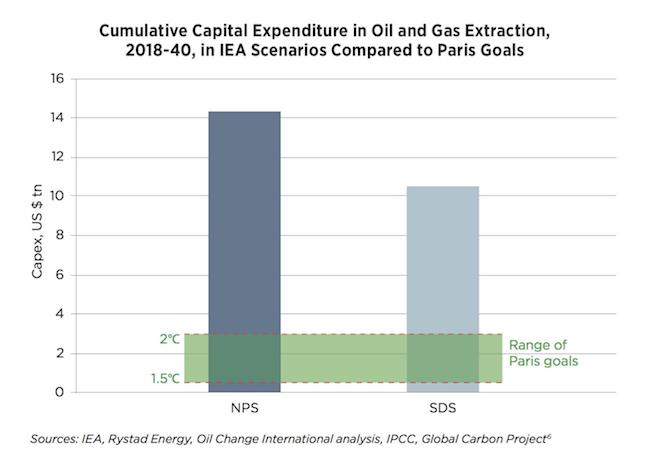The world’s most influential energy agency is normalising a dangerous climate future, according to 60 business leaders, scientists and investors.
In a letter to the head of the International Energy Agency Fatih Birol, signatories, including the chair of the Mahindra business group Anan Mahindra, Allianz CEO Oliver Bäte and scientist James Hansen, called on the Paris-based institution to “make clearer that [its] business-as-usual scenario… charts a dangerous course to a world with between 2.7C and 3C of warming”.
Published in November, the World Energy Outlook outlines future energy trends, such as consumption and demand or CO2 emissions. The report is widely regarded as a reference by businesses and governments alike.
Investigation: NGO ignored warnings about bullying boss, before and after tragedy
The outlook charts three scenarios: a “Current Policy Scenario” (CPS), a “New Policy Scenario” (NPS) that assumes announced policies will be enacted and a “Sustainable Development Scenarios” (SDS) intended to meet the targets of the Paris Agreement. It typically leads its sections with more prominent discussion of the NPS, or business-as-usual case.
“Given the central role it plays in the WEO, most users interpret this scenario as the guiding one,” the signatories told Birol.

Source: Oil Change International and IEEFA
In order to avoid this, they recommended the “new policies” moniker be dropped because those measures were “by now no longer new” and the scenario “clearly represents an insufficient level and pace of transformation”.
Under the NPS, global coal demand would be sustained roughly at current levels in 2040. A recent Intergovernmental Panel on Climate Change (IPCC) report found that keeping the climate from warming more than 1.5C would require coal use to drop rapidly from today and be almost eradicated by the middle of the century.
Authors asked that the IEA bring the Sustainable Development Scenario in line with 1.5C of warming and the section be made the report’s central reference.
“The IEA’s current “sustainable development scenario” either commits the world to warming beyond 1.5°C or will need to rely on large amounts of negative emissions in the far future to try to make up for this – the most robust science suggests that both cases are inconsistent with sustainable development,” said Joeri Rogelj, one of the letter’s signatories and a lead author at the IPCC.
Reclaiming coal: What happens to the land after coal mines close?
“By neglecting projected impacts, the current policy scenario very much looks like an enchanted mirror that is afraid of looking reality in the eye,” Rogelj said.
An IEA spokesperson told Climate Home News that the NPS was “not a normative scenario or an outcome that we would like to see; we have consistently used this scenario to highlight the need for much stronger policy action in order to meet the world’s sustainable development goals”.
But Greg Muttitt, a researcher at NGO Oil Change International, said: “What the IEA really needs to do is look at the way the WEO is used in practice. We know from talking with governments and investors, whether they’re policies or investments, that they’re looking for some kind of projection of what the future looks like so that they can judge how to make decisions. The WEO is the thing that is most reached for that purpose. They are guiding decisions.”
“Highlighting the reality of the established trajectory is indeed of cardinal importance,” Rogelj added. “This includes communicating the consequences of this trajectory and also considering how the climate change impacts projected under such trajectory would undermine the development it suggests will happen”
